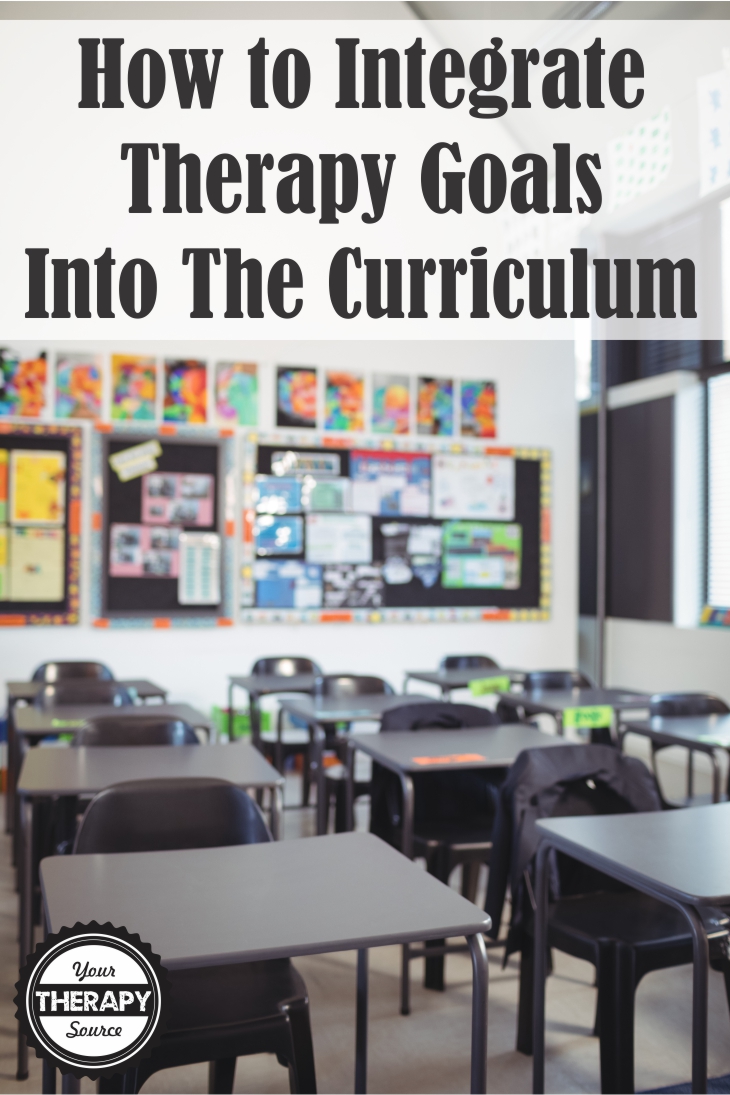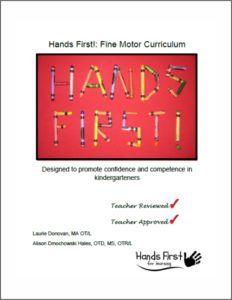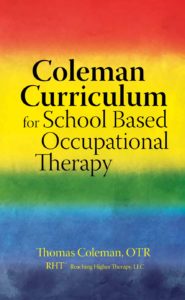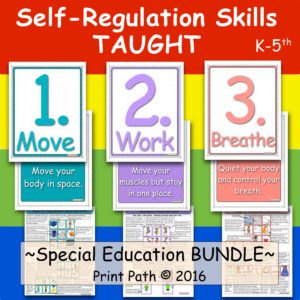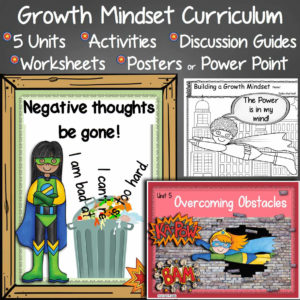How to Integrate Therapy Goals Into The Curriculum
 How to Integrate Therapy Goals Into The Curriculum
How to Integrate Therapy Goals Into The Curriculum
Curriculum refers to the lessons and materials that students will interact with to reach educational goals. Most elementary and high schools follow a specific curriculum for each subject. In general, a curriculum includes goals, instructional methodology, materials and assessments to measure progress.
Therapy goals can be established to assist students in accessing the curriculum. Using traditional therapy observational skills and assessment, answer questions regarding the student’s skill level in the classroom. Is the student able to participate during all aspects of the curriculum lessons? Skills that are assessed encompass fine motor, gross motor, sensory processing and visual perceptual skills.
Here are a few examples:
- Fine motor skills: manipulation of materials, written output to indicate an understanding of the lesson, etc.
- Gross motor skills: balance, posture, and mobility throughout the lesson
- Sensory processing skills: body awareness and motor planning (formulating a plan to complete the steps of the lesson)
- Visual perceptual skills: visual motor skills for written output, visual tracking skills to understand the material, etc.
Here is an example of a therapy goal addressing fine motor skills to help a student access the English Language Arts (ELA) curriculum using the Common Core Standards for a kindergarten student (CCSS.ELA-Literacy.SL.K.5). GOAL: By June 2018, during speaking and listening tasks the student will independently be able to open/close containers that hold ELA supplies 9 out of 10 trials to create drawings or visual displays when presenting knowledge and ideas.
Here is a sample goal that addresses gross motor and sensory processing skills using the Common Core Standards for Kindergarten ELA CCSS.ELA-Literacy.SL.K.1: GOAL: By June 2018, the student will independently exhibit age appropriate body awareness (i.e. maintaining personal space, keeping hands to self, etc.) 90% of the time when actively engaged in collaborative conversations with diverse partners about kindergarten topics and texts with peers and adults in small and larger groups.
By writing goals that specifically address accessing the curriculum, school based therapists are embracing the educational delivery of service model. Read more about writing SMART goals. If you need more ideas for goal writing based on the Common Core Standards Check out IEP Goals Related to the Common Core for OT/PT Grades K-2 and IEP Goals Related to the Common Core for OT/PT Grades 3-5 .
Another option to integrate therapy goals throughout the school day is to use a specific curriculum to address the sensory motor domains. There are various products available that can help you get started. These curriculums will save you hours of prep work!
Hands First for Learning Fine Motor Curriculum and Preschool Units have a unique vision and philosophy that desires to link health and wellness with kindergarten readiness skills to support the academic success of young children. The resources provide educators, therapists, and parents with activities to develop fine motor and gross motor foundational skills in both the general education and special education populations. The Hands First for Learning books are published by two experienced occupational therapists, Laurie Donovan and Alison Hales and Tama L. Hampton, MA, CCC-SLP. With over 25 years experience working in public schools, the authors understand the needs of school systems, parents, teachers, therapists, and children.
- Hands First! Full Fine Motor Curriculum
- Hands First! Beginner Fine Motor Curriculum
- Fine Motor Preschool Cars Trucks Study Unit
- Favorite Foods Preschool Unit
- Construction and Building Preschool Unit
- Community Helpers Preschool Unit
- Ocean and Shore Preschool Unit
The Coleman Curriculum for School Based Occupational Therapy by Thomas Coleman, OTR is a curriculum for occupational therapy in the schools from Kindergarten through Third Grade. Skills are discussed, examined and explained for everyone to understand.
The Self Regulation Skills Curriculum – Move Work Breathe provides an effective, time-efficient structured system to provide classroom breaks, improve self-awareness and self advocacy and teach specific self-regulation skills so that kids have tools to use in their classrooms. This system will get kids moving, give them the benefits of a brain power boost [from getting their heart rate up], give them heavy work and isometrics to help them calm down, and help them learn techniques to quiet and control their bodies in order to return to their academic work.
The Growth Mindset curriculum, created by Thia Triggs, school based Occupational Therapist, includes 5 units that will help you to support your children in developing a Growth Mindset by utilizing strategies to let go of negative and defeatist thinking, develop a more positive outlook, promote self-encouragement of hard work, develop skills to make the most out of errors and mistakes, promote resiliency to disappointment and frustration, and set personal learning goals while working to overcome internal obstacles.
Have you ever considered developing a specific curriculum for pediatric occupational, physical or speech therapy? Read more about curriculum development here.
